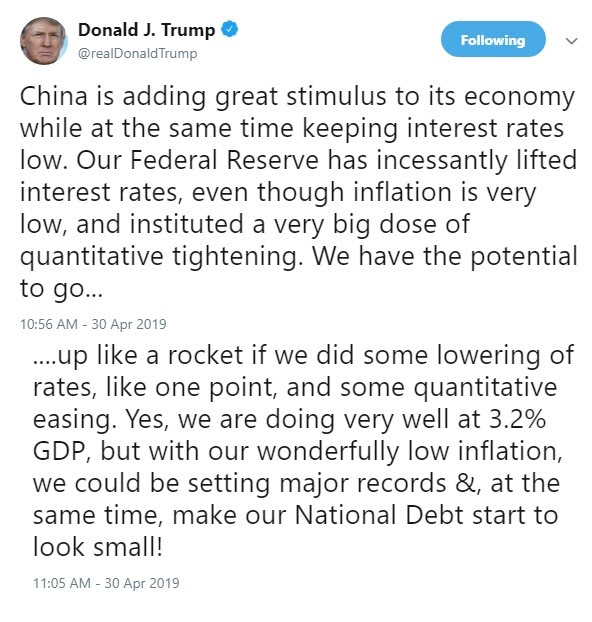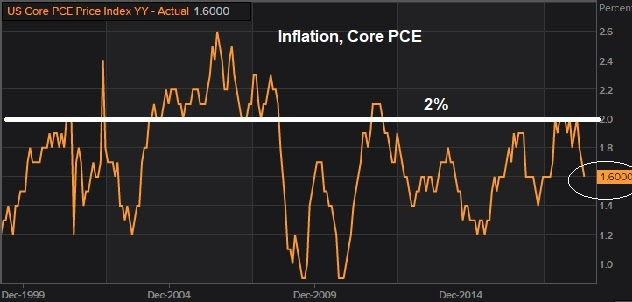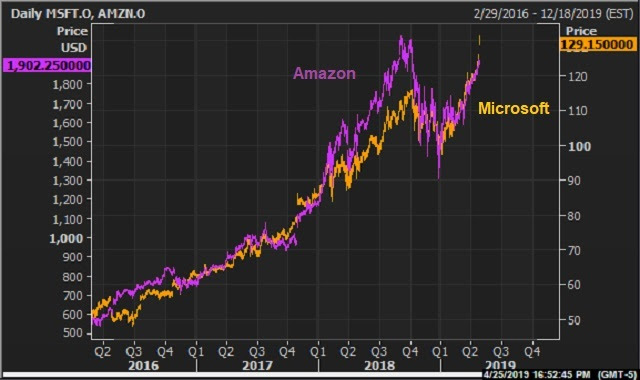|
May 7, 5:00 pm EST As we get closer to the hard deadline on a U.S./China trade deal, markets are adjusting for the potential of a no deal/ tariff escalation. What does that look like? U.S. stocks are now off 2% from the highs of the year. That still puts us up 15% year-to-date. The bigger adjustment is coming in China. As we discussed yesterday, China is in the position of weakness in these negotiations. The U.S. economy is strong. China’s economy has been very weak. A more expensive and indefinite trade dispute puts downward pressure on both economies (and the global economy), but it puts the Chinese in dangerously slow economy — which becomes politically dangerous for the Chinese Communist Party. As such, here’s what Chinese stocks have done in the past eight days …
|
 |
|
And, perhaps as a warning shot, China is starting to move their currency. As we’ve discussed, China has used their currency (a weak currency) as the primary tool to achieve their extraordinary economic ascent over the past two decades — cornering the world’s export market. We should expect, when their backs are against the wall, with a dim economic outlook, they will go back to weakening the yuan. That’s what they have been doing since Trump’s tariff threat on Sunday. They adjusted down the yuan yesterday by almost 1%. That doesn’t sound like much, within China’s currency regime, it’s a big move. We saw a one-off move like that once last year. The other time was August of 2015, which led to fears that China might devalue the yuan. That set off a global market rout. With the above said, China is sending Hui for the meetings that are scheduled to run Thursday and Friday. Hui has been the point-man on trade negotiations. His presence, in light of the tariff threats, give some encouragement that China has intentions to get a deal done. If you haven’t signed up for my Billionaire’s Portfolio, don’t delay … we’ve just had another big exit in our portfolio, and we’ve replaced it with the favorite stock of the most revered investor in corporate America — it’s a stock with double potential. Join now and get your risk free access by signing up here. |










